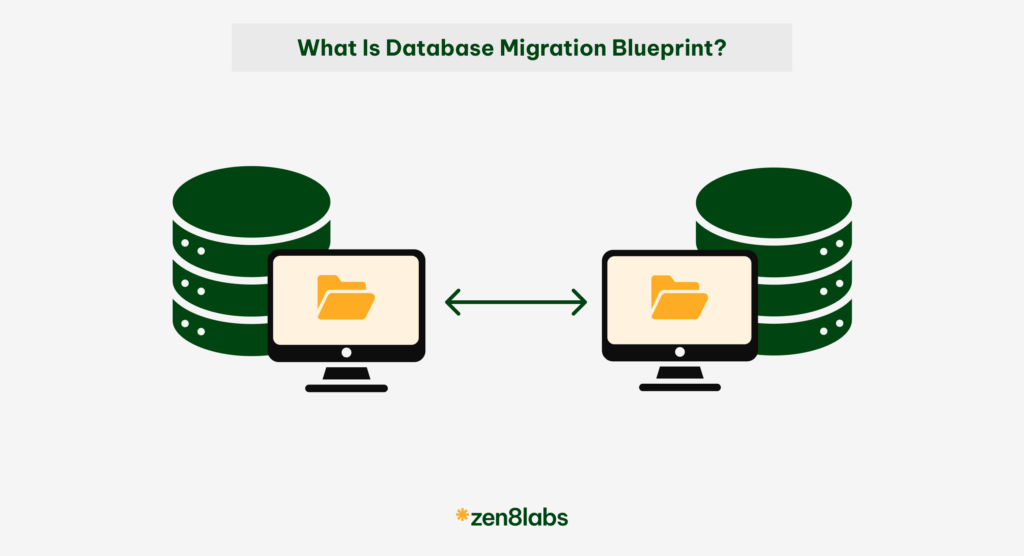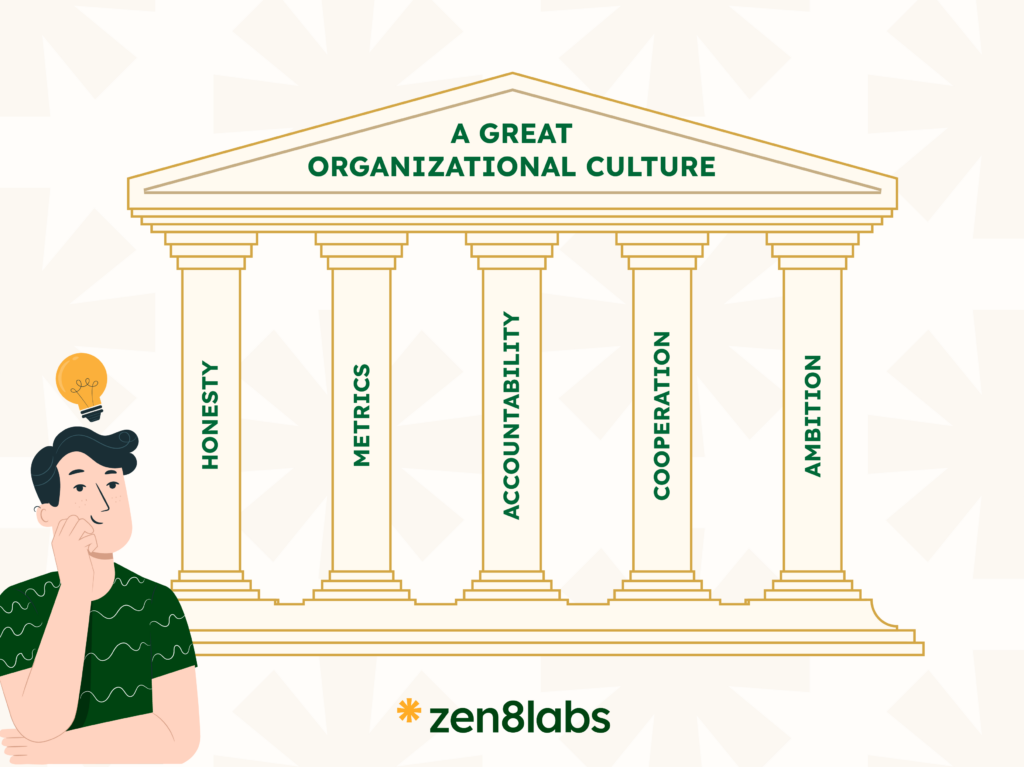
Why everyone should be a leader?
Leadership is often thought of as a title or a position that only some people hold. However, the truth is, every single person has the potential to be a leader and “you are the leader”. Whether it’s leading your own life or guiding a team towards a common goal, leadership is a critical skill that everyone should develop. Here’s why you need to be a leader, both for yourself and for those around you.
“Leadership Begins with You” – You may not always realize it, but you are leading at least one person in your life— “Yourself”. You don’t need to have a fancy title to be a leader. Leadership exists on multiple levels, and the most basic level is self-leadership. Every day, you make decisions, set goals, and act—this is leadership in its simplest form. By taking ownership of your decisions and actions, you gain control over your life. Leadership is about momentum—constantly moving forward. When you take the reins of your life, you are in control of your progress, growth, and the decisions that shape your future. Every action has a purpose because you have the mindset of a leader guiding yourself toward your goals.
Once you’ve mastered leading yourself, the next level is leading others. Whether it’s in a team setting or at a company, leadership is crucial in driving everyone towards a common objective. Same as “Leadership begins with you”, take that energy and apply it to a team with many people. You “Set the vision and direction”, “Motivate and guide the team forward”, “Create accountability and responsibility” to your team, just as you are responsible for your own life.
Whether it’s for your personal growth or the success of a team, leadership is an essential skill that everyone should practice. You are already a leader in your own life, whether you realize it or not, and with a little effort, you can also become a leader that drives others toward success. It all starts with taking ownership of your actions and moving forward with intention.
How to start?
Let’s go back to “You”, because in my “model of the world” everything starts from one word. What is it???…. It is “You”.
At the heart of everything—success, leadership, personal growth is self-awareness. You can’t lead others if you haven’t yet discovered who you are. Self-awareness allows you to understand your strengths, weaknesses, motivations, and how you react to challenges.
Here are some questions you need answer to yourself:
- “Who are you?”: The first step in self-awareness is asking, “Who am I?” This question is deeper than it seems. It’s about identifying your true self beyond labels and external expectations. Understanding your values, beliefs, and passions is key to aligning your life with what truly matters to you.
- “What are your talents?”: Everyone has a unique set of talents and gifts that make them stand out. By identifying your strengths, you can focus on areas where you naturally excel, and this becomes the foundation of your leadership style. Whether it’s problem-solving, communication, creativity, or empathy—knowing your talents helps you channel them in ways that benefit both you and those around you.
- “What are your weaknesses?”: Just as important as knowing your strengths is being aware of your weaknesses. This isn’t about feeling discouraged but about understanding where you need to grow. Leaders who are self-aware can admit their shortcomings and work on them, making them more relatable and respected by their teams.
“You” as a leader, regardless of whether you are leading yourself or a team, you are never responsible for the results of the team. As a leader, you are responsible for the people and the environment that created that result. Comparable to a quote that I really like is “Good leaders make you believe in them, great leaders make you believe in yourself”.
When you understand these foundations the next thing to do is “Have a purpose – have a vision”.
That’s what I call “Leading with a purpose”, purpose will give you direction that you or your team need to advance. Because if don’t have any purpose “You & your team will be running around like a headless chicken”. In my previous and current journey working at zen8labs, I discovered 4 things we should have as a leader (and everything I will talk about from now is effect in both ways, for you & your team, OK?)
- Trust: Trust yourself and trust your team members. You need to know how to use the “Right star” in your team and put them into the “Right place”, empower them and make them shine.
- Compassion: You are human, humans learn by making mistakes. If anything is certain, it’s that there will always be things you and your team don’t know and haven’t done.
- Stability: As I mention above “The leader is responsible for the environment not for the people”. Did you create a safe place to work, to speak?
- Hope: Do you create hope for your team and yourself to look forward?
Now it’s time to discover which leadership “mode” you embody!
I will introduce you to two classifications. But, before that I want you to look at this objectively, “No good or bad just what works or not”. So, let’s get started.
Classification number 1: Are you a square or circle?

- Square (The “I” Mode): The bossy one, leaders in this mode often rely on their titles, such as CEO, to exert control. They tend to prioritize their own interests and expect others to comply with their directives without question. Their approach is directive, focusing on individual achievement and power.
- Circle (The “WE” Mode): In contrast, this mode emphasizes collaboration and inclusivity. Leaders who adopt the “WE” mode strive to create an environment where everyone can thrive and contribute their best work. They prioritize fostering a culture of growth, encouraging individuals to believe in themselves and their abilities. This approach is centered around teamwork and shared success. Similar to what I mentioned above, it aims to “Make people believe in themselves!”.
Classification number 2:
- Titular leader: A person derives authority from their official position or title within a workplace or organization. In these roles, power comes from the hierarchy — being the CEO, manager, or department head means they inherently have authority. People follow them because of the responsibilities and expectations tied to their role, not necessarily because of personal influence or charisma.
Example: A company’s manager is followed because they have the formal responsibility to assign tasks and make decisions.
- Personality leader: A person who exerts influence through their strong personal traits or charisma. People naturally gravitate towards these leaders because of their uniqueness, confidence, or charm, regardless of their formal position. This leadership ‘mode’ isn’t based on a title but on the personal connection or inspiration they provide.
Example: Taylor Swift is a famous singer, people love her songs, her talents. So, they choose to follow her.
- The led: This ‘mode’ of leader focuses on serving the needs of their team. They excel at providing solutions, support, or resources that enable others to work more smoothly and efficiently. People follow them not because of authority or personality but because they recognize that this person adds value and makes their job easier.
Example: A senior developer mentoring junior teammates by offering help and guidance. The team follows them because their support makes daily work less stressful and more efficient.
- The Influencer: A person who captures attention through engaging communication and the ability to generate interest. Their appeal lies in their ability to connect with people and create meaningful impact. Whether through social media or direct engagement, they motivate others to follow them through inspiration or entertainment.
Example: A content creator who shares valuable insights or entertaining posts that attract a large following, motivating people to engage and act based on their recommendations. (That’s what I have seen on YouTube! Such as with this channel)
- Situational leader: A person who emerges in specific circumstances when a problem needs to be solved, or quick decisions are required. They may not always hold a formal leadership role, but in moments of crisis or need, they step up. People follow them because they appreciate how the leader handles the situation.
Example: During a critical project deadline, a team member with organizational skills steps in to coordinate tasks and ensures the project is completed on time. Others follow because their leadership fits the situation perfectly.
On the other hand, we also have two very rare leadership ‘regimes’
- Servant leader: A leader puts the needs of others above their own. Their primary focus is to serve and support their community or team. Instead of seeking personal gain or recognition, they act with humility and care, ensuring that others have what they need to succeed. This leadership style fosters trust, empathy, and loyalty, as people follow because they feel genuinely supported.
- Examples of servant leadership are:
- Ho Chi Minh: Led Vietnam with a vision for independence, focusing on the well-being of the people, even at personal sacrifice.
- Mother Teresa: Dedicated her life to serving the poor and sick, embodying humility and selflessness to help others before herself.
- Transformational leader: A person who inspires and motivates others to grow, change, and achieve more than they thought possible. These leaders create a vision for positive change and empower people to reach their full potential. Through passion and encouragement, they influence individuals and organizations, leaving a lasting impact that transforms attitudes, behaviors, or even entire systems.
- Example: Martin Luther King Jr.: Inspired millions through his vision of equality and justice, leading a movement that brought transformational change to civil rights.
Conclusion
Everyone can have more than one ‘mode’, you always can choose which ‘mode’ you are in, “Square mode” or “Circle mode”, a “Titular leader”, “Personality” or “Situational” … Any of “mode” above as I mention “No good or bad just what works or not”. What I am sharing here is aimed to help you understand the different types of leaderships and a way to choose how to lead your team and yourself more effectively.
All these things I use and practice every day at zen8labs as mobile Engineer, help me “better than the day before”. And a final few words, if you want to have an environment like this where you are encouraged to learn and grow, then join us here at zen8labs where we can make something awesome together!
Tan Nguyen, Mobile Engineer





